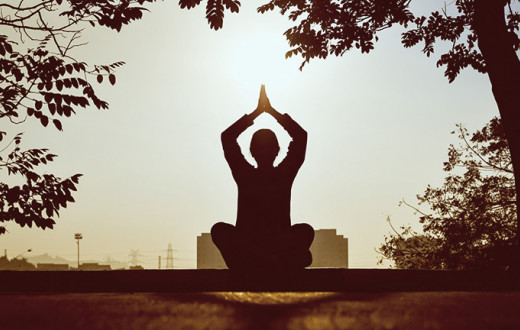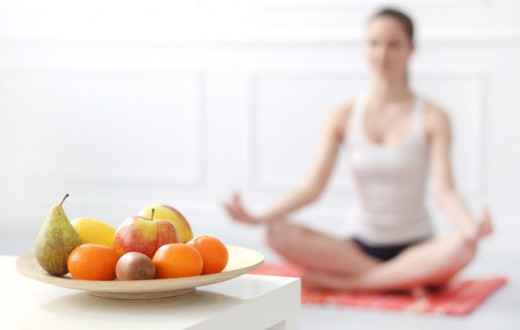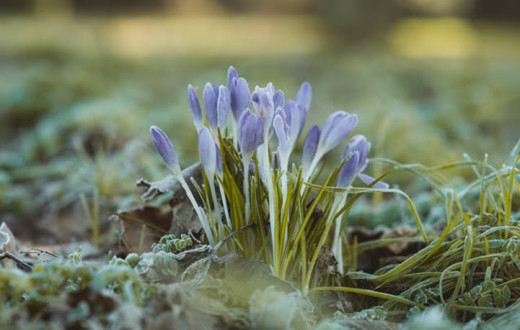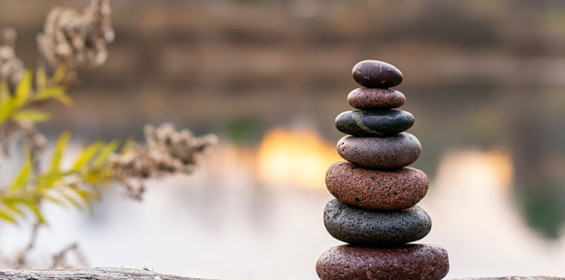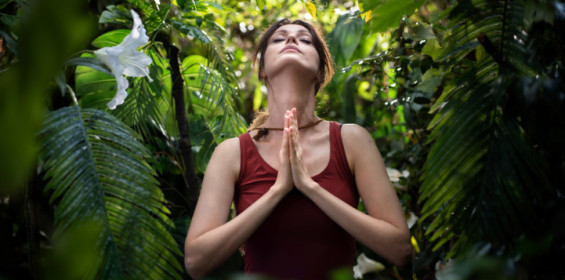The Art of Living has adopted a multi-faceted approach to bringing comfort to those affected by disasters. With its worldwide network of volunteers, the organization is often able to respond swiftly to disasters anywhere in the world.
“Unless the trauma is released, food and medicines will not work. People cannot eat or sleep because their mind is full of the terrible tragedy that has befallen them. With a healing touch, support, and a vision for the future, disaster victims are able to reclaim their lives.”
- Gurudev Sri Sri Ravi Shankar
While bringing material relief for immediate medical and food crises is the first priority, The Art of Living also recognizes that complete rehabilitation only happens when the trauma is dealt with at an emotional level.
The Art of Living Disaster Relief hence follows a 3-tier approach:
- Immediate: Includes the provision of material aid and supply of necessities like food, clothes, medicines, and temporary shelter. Doctors, counselors, and physical relief workers are typically part of the effort.
- Short Term: Trauma-relief programs to help victims deal with any emotional stress. These are breath-based, practical techniques that have been proven to calm the mind, enhance sleep, and eliminate depression.
- Mid to Long Term: True relief can only happen when people have a sustainable future. Volunteers work with local communities, building homes, sanitation systems, roads, schools, vocational training centers, and other necessary infrastructure.
Featured Disaster Relief Projects
- The Indian Ocean Tsunami (2004)
- Haiti Earthquake (2010)
- Nepal Earthquake (2015)
- The Chennai Flood Relief (2015)
- Uttarakhand Flash Floods
On 26 December, 2004, an earthquake of magnitude 9.0 on the Richter scale shook the western coast of Northern Sumatra. The earthquake spawned a series of tsunamis that travelled across the Indian Ocean from Indonesia to Africa’s Eastern Coast, killing over 230,000 people in fourteen countries. It was one of the deadliest natural disasters in recorded history.
Immediate
- Within hours of the disaster, more than 500 volunteers swung into action, distributing food, clothes, medicines, and other relief material from India.
- 250 tons of relief supplies and 100,000 liters of drinking water were sent to Sri Lanka.
- Medical camps were organized to deal with post-disaster ailments.
Short Term
- In Southern India, over 50,000 people benefited from the trauma-relief programs.
- The Collectorate of Nagapattinam recognized The Art of Living as the official NGO conducting trauma-relief programs.
- In Sri Lanka, hundreds of trauma-relief programs and counseling sessions were conducted, providing relief to more than 25,000 people in over 20 cities of the country.
Mid to Long Term
- Vocational training centers were set up to build skills for alternative livelihoods.
- The Sri Sri Vidya Mandir Matriculation School started in 2007 at the Anaikoil village, Tarangambadi Taluk, Nagapattinam district, Tamil Nadu, from pre-primary to class 10 with over 600 students.
- One orphanage-cum-school is operational in Sri Lanka.
- 104 houses were completed in the Periamanikapangu village of Tharangambadi, in north Nagapattinam.
- Residents constructed 10 houses in Kallimedu village, Nagapattinam, bringing a sense of self-worth among the villagers.
The Art of Living has done similar work in many other areas struck by disaster:
- Sichuan Earthquake (May 2008)
- Kashmir-Pakistan Earthquake (Oct 2005)
- Gujarat Earthquake, India (Jan 2001)
- Bihar, India (Sept 2008)
- Mumbai, India (July 2005)
- Flood Relief in Eastern India (2008)
- Surat floods, India (Aug 2006)
- Hurricane Katrina, USA (Aug 2005)
- Tsunami (Dec 2004)
- Bam earthquake, Iran (Dec 2003)
- Jakarta floods, Indonesia (Jan 2002 and Feb 2007)
- River Elbe floods, Germany (Aug 2002)
- Orissa cyclone, India (Oct 1999)
The earthquake in January 2010 shook a nation that was already in the throes of political instability and poverty. The Art of Living organized programs to bring material aid and trauma relief to people in the aftermath of the destruction in Haiti.
Immediate
- Volunteers distributed essential materials, including food, clothes, and medicine. The Art of Living volunteers visited hospitals, counseled refugees, and helped to counsel and calm people during the aftershocks.
Short Term
- 16 promising Haitian youth leaders were selected from graduates of the Youth Leadership Training Program (YLTP), which was conducted earlier (in 2007) and trained on sustainable agriculture.
- The Art of Living trauma-relief programs benefited 350 people living on streets, in camps, and in makeshift shelters.
- Another 1,000 people, including orphaned children, rape victims, and youth from Site Soliel (the most violent slum in Haiti) took the Breath-Water-Sound (BWS) workshop, which is specially designed to address the unique problems of people living in low-income zones.
Mid to Long Term
- Launched an intensive program called the Nouvelle Vie Youth Corps or the New Life Youth Corps, which is committed to serve Haitian communities for a two-year term, for individual empowerment and community development.
- The Youth Corps taught people how to make compost and develop small-scale farms, creating greater self-sufficiency.
- 100 fruit and vegetable seedlings were packed along with manure in recycled containers like rice sacks; these were distributed to orphans, school children, and youth leaders in Site Soliel.
When the Himalayan earthquake struck, it unleashed destruction of massive proportions.
The Art of Living disaster relief sprang into action within hours and over 8,000 volunteers were mobilized. The task of selecting and training local youth leaders who can participate in the reconstruction process is still ongoing.
Immediate
- Distributed relief materials (food, medicine, tents, blankets, and so on) to 150,000 victims.
- The Art of Living center was opened up as a shelter for those who had lost their homes.
- Distributes masks, soaps and conducted awareness on post disaster disease outbreak.
- Distributed solar lights to 500 families.
Picture caption: Natural disasters often leave significant losses in their wake.
Short Term
- Conducted more than 225 trauma-relief workshops that benefitted 30,000 victims.
- Work is in progress to conduct 5,000 trauma-relief workshops that would heal 1.5 million people.
- Efforts ongoing to train 1,000 local youth and select 300 youth leaders who would support infrastructure building and conduct trauma-relief workshops.
Mid to Long Term
- Work is in progress to set up vocational training centers, wellness centers, clinics for the elderly, and toilets in Bhagmati.
- Plans to build earthquake and flood-proof community living centers in 13 most impacted districts in Nepal and use them as shelters for the needy and for imparting vocational skills.
- Efforts ongoing to build 300 shelters for the needy.
Chennai, a major city in the south of India, experienced one of the worst floods in over 100 years. The Art of Living volunteers were engaged in service and relief measures ever since the heavy downpours began on November 15.
Immediate
- The initial response was to prepare fresh food and deliver it to the marooned households.
- Towards this end, bread, biscuits, and buns were made available to over 200,000 people across Chennai.
Short Term
- The Art of Living volunteers set up 9 volunteer basecamps to receive, sort, and repack the relief material that poured in from different districts of Tamil Nadu, Kerala, and Bengaluru.
- They worked in 65 locations in Chennai and in 15 locations in nearby Cuddalore.
Mid to Long Term
The next phase of activity, rehabilitation and trauma relief, will focus on health (physical and mental) and hygiene by undertaking cleaning and medical camps to prevent disease outbreak as tons of garbage is strewn all around the city. This will be finally followed up with free trauma-relief sessions.
In the wake of the Uttarakhand flash floods in India, The Art of Living started relief work that included:
- Setting up 5 base camps and 23 relief camps for coordination and distribution of relief material.
- Dispatching 100 truckloads of relief material within 3 days, containing food supplies, blankets, tents, and medicines.
- Conducting trauma-relief sessions for more than 3,000 affected people.
- Organizing medical and relief camps, attended by about 4,000 evacuated tourists.
- Conducting trauma-relief sessions for about 250 personnel from ITBP, 50 personnel from the Border Road Organization, and 100 personnel from the Indian Army.
More than 250 volunteers spread out into different areas of the state to reach out to people who hadn’t been touched by relief operations until then – Srinagar, Guptkashi, Silli, Tilwara, and others. Volunteers had to forge longer alternate routes and cross bridge-less rivers and manually clear roadblocks. Many trekked up mountainous terrain, carrying rice and flour weighing up to 20 kg.
Six young dynamic girls worked on trauma-relief programs for over 250 women across areas like Guptkashi, Badasu, Kalimuth, Toshi, Triyugi Narayan, Rudrapur, and Phata.
This was shared by a member of the group, Garima Sharma, Senior Marketing Manager, Deutsche Bank:
“While distributing relief materials and ration, we realized that it was equally important to get women out of their traumatic state. Many had also lost the sole earning member of their families. Yes, it was very challenging for all of us to survive and sustain the inhospitable conditions. We walked past landslides and crossed mountains with backpacks loaded with relief material. Once we thought we surely would lose our lives, when boulders fell suddenly off a mountain as we were passing by. We ducked our heads and were saved in the nick of time.”







